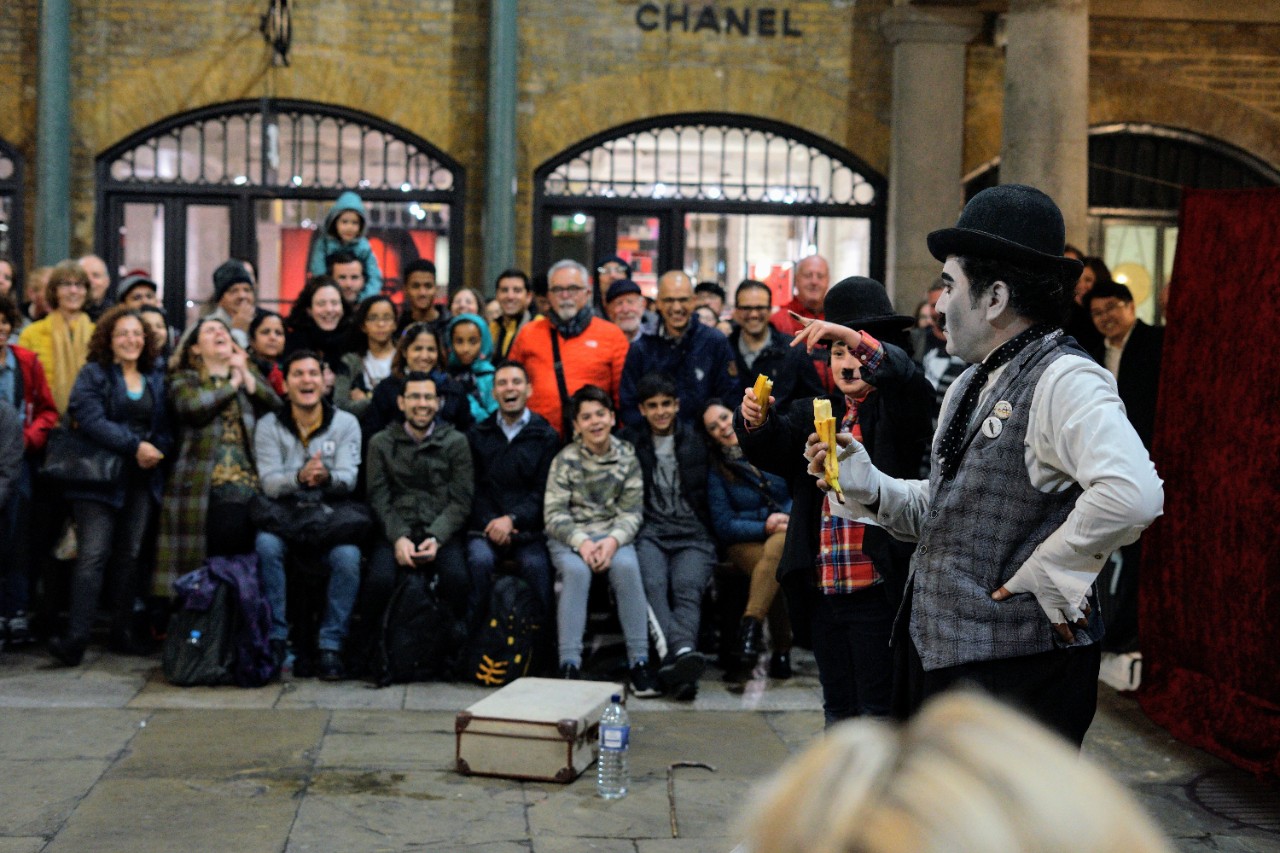Altruism and the warm glow
Think of the last time you took an action, any action. Now let me ask: why did you do that?
Apart from obvious urges like sleeping or eating, it’s not always easy to understand the real motives behind what we do. But a lot of it could be rooted in feeling good and feeling happy. This can come from eating nice food, looking at someone we love, receiving gifts or compliments, and being generous. Despite their differences, they all share one thing; helping us feel good about ourselves— whether lasting or brief, real or an illusion.
The simple act of giving in particular can bring satisfaction known as the ‘warm glow’. It activates the striatum and other reward-related areas of the brain. This will happen whether the giving is strategic—to get a benefit in return, or altruistic—like anonymous donations to charity.
Research shows that brain activity is slightly different in strategic and altruistic giving decisions—they’re more active during altruistic giving. This suggests that there is something different about giving with no expectation of a favor in return.
Enabling altruism
Many different species exhibit strategic generosity as we do, but we don’t know much about other species' altruistic giving. This is because it’s hard to explain based on evolutionary or traditional economic theories—in a capitalist model, why would we give for free? It may be an evolved biological reaction, one that binds societies together through cooperation and compassion.
Altruistic donations are rewarding, yet they are beyond reciprocity. The altruistic giving experience can start as close as our home, our network, and local communities, and extends to far-flung countries and continents. We are a connected species and more so in the age of technology. That is where technology-for good entities such as Kinder hope to make a difference; by bringing people across the globe closer. In this way we can empower generosity in— and beyond—man-made borders.
Neuroscience is trying to better understand why we give selflessly, and place a mirror of knowledge in front of us. If we place a technology mirror behind us to effectively reflect that warm glow, the altruistic image can eternally cascade; enabling people to share and spread it with contributions to good causes.
Written by Behdokht Hosseini








